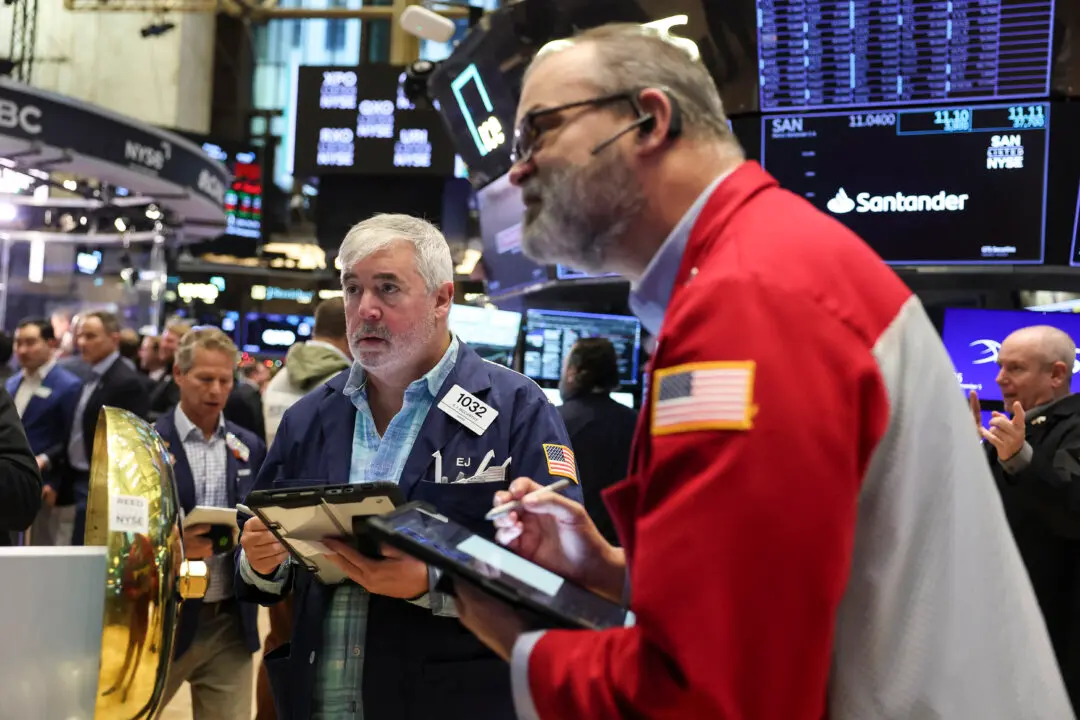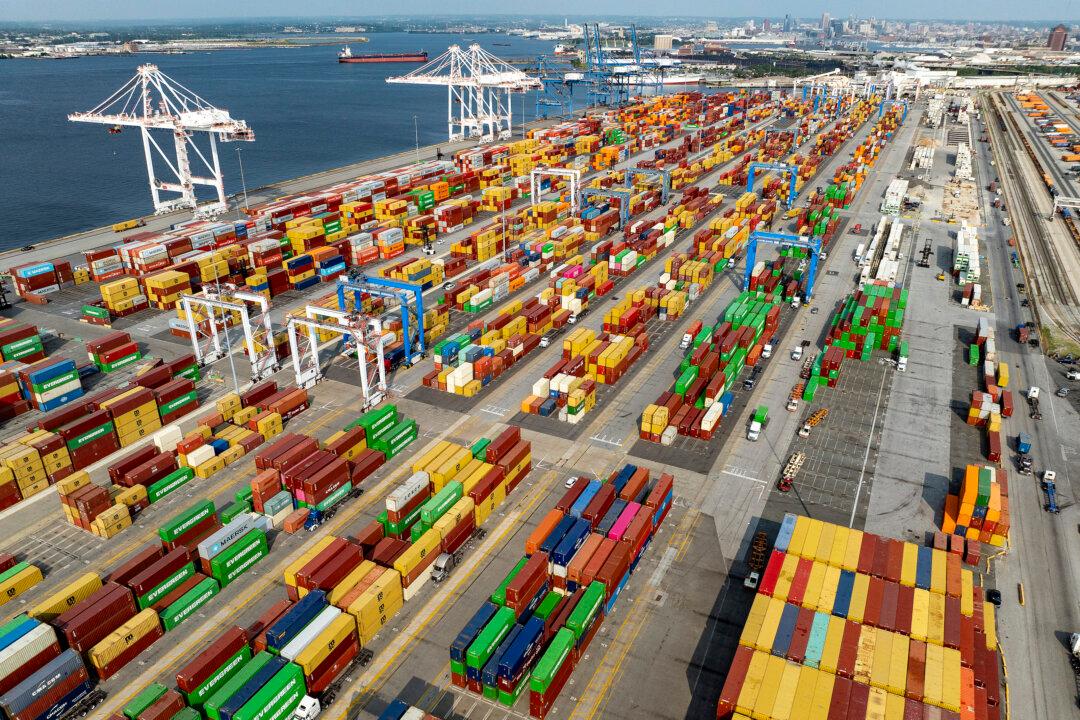President Donald Trump isn’t a fan of current Federal Reserve policy, specifically about raising rates too fast or too much.
And it is true: the timing of the rate hikes and the brisk commentary coming out of the Marriner S. Eccles building in Washington seem odd to many who have gotten used to continuous Fed support for financial markets, whether in the form of jawboning or various easing programs.





